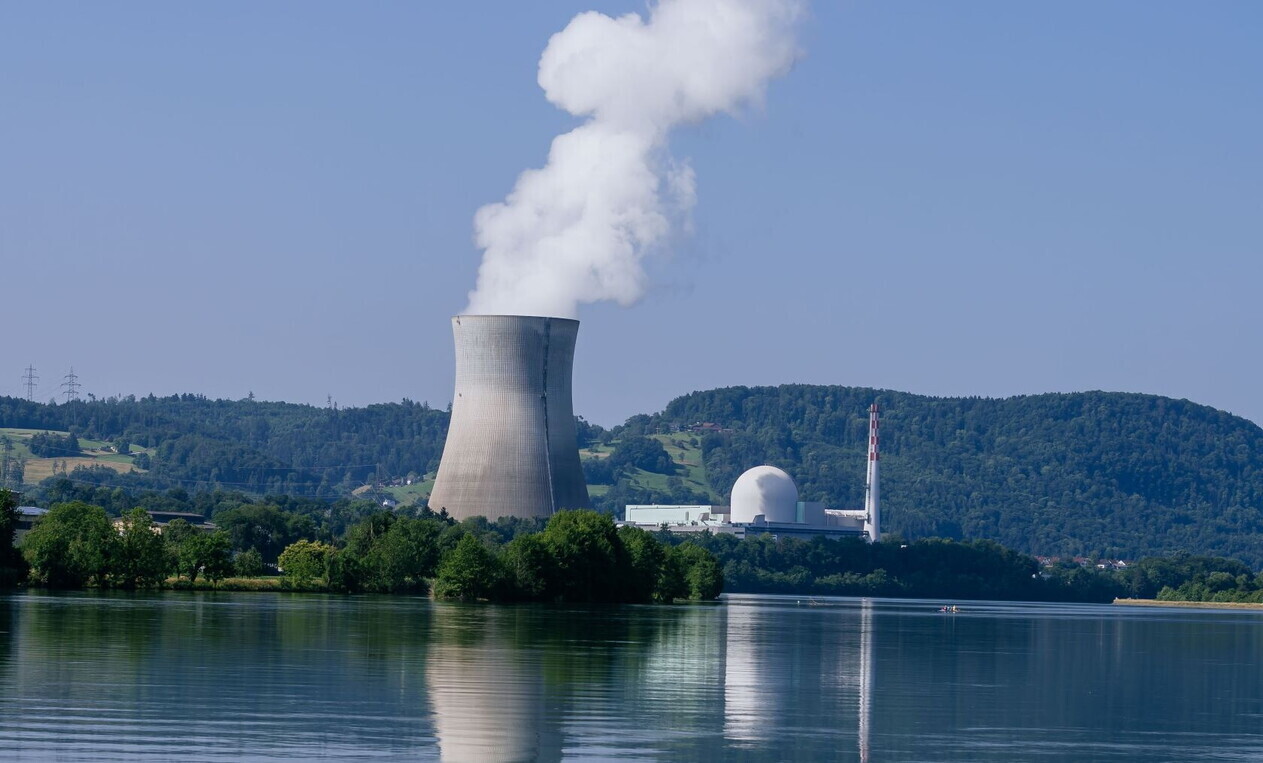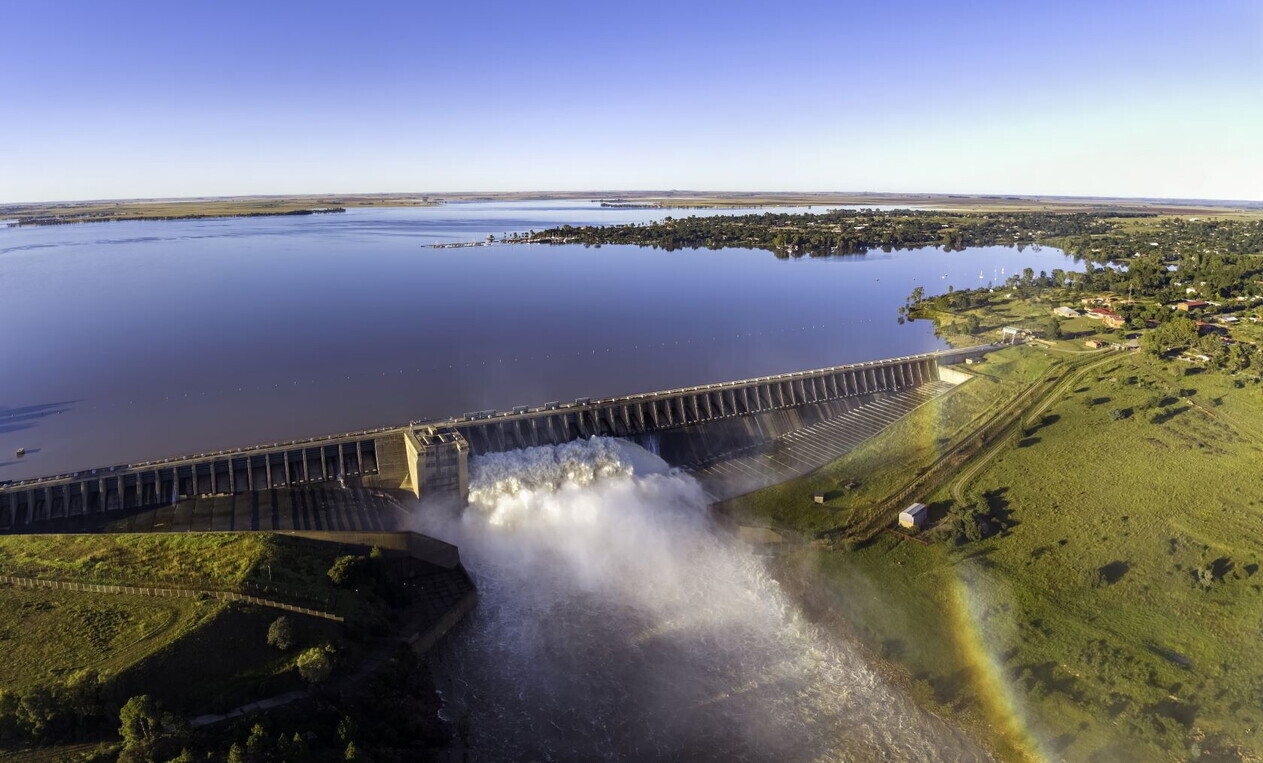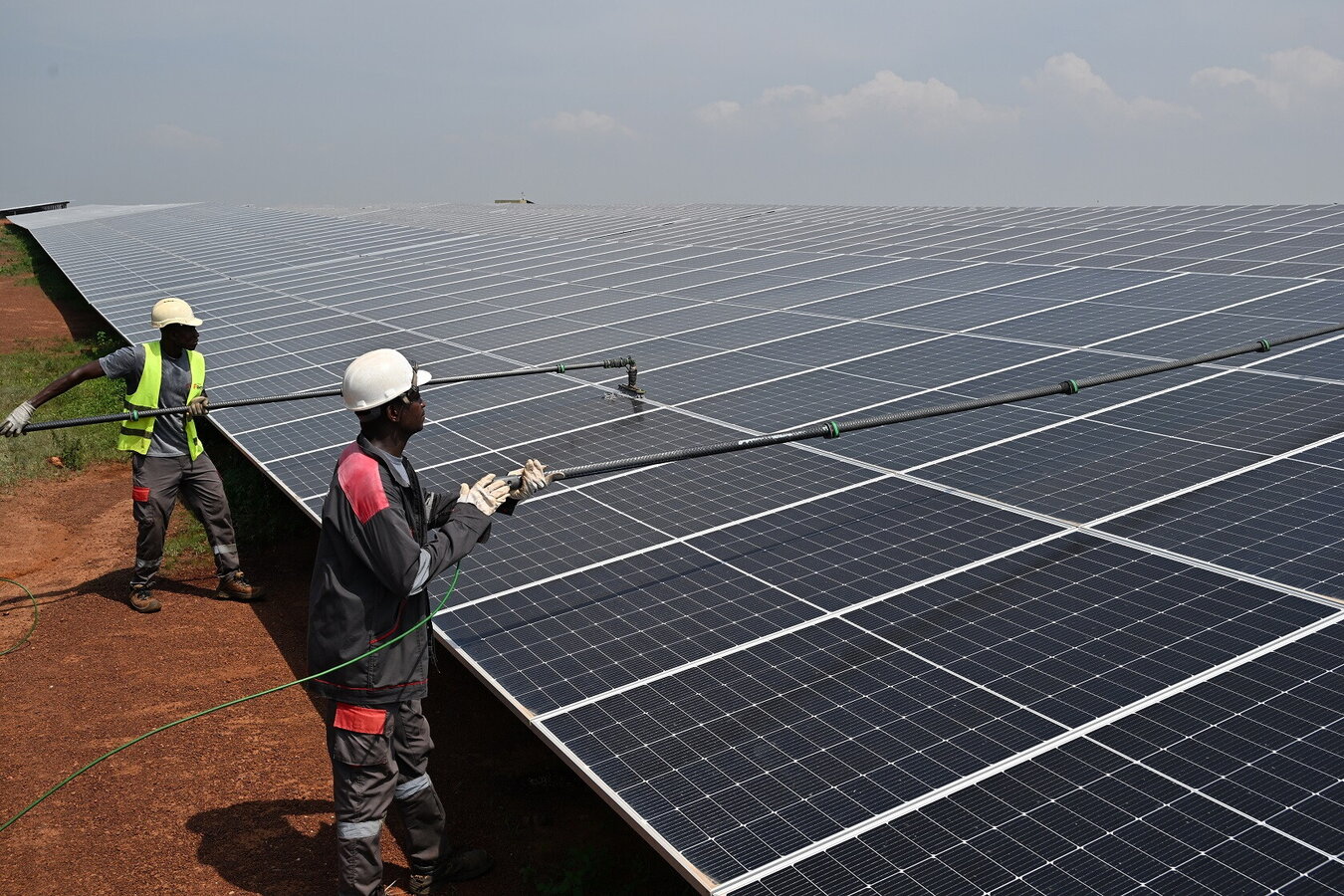
Revolution and sustainability
Smart infrastructure
The transformation of global energy infrastructure reflects a new balance between security, sustainability, and competitiveness. The transition requires geopolitical vision, cooperation, and technological realism
13 minEnergy is a fundamental driveR of economic growth and national resilience, and energy security is central to sovereignty. It is too serious a topic to be guided by virtuous rhetoric alone —it requires realism. As GDP grows, so does energy consumption; per capita energy use and GDP are closely correlated. The International Monetary Fund projects that developing and emerging economies will grow at an average annual rate of 3.7 percent, with leading countries in Africa, the Americas, and Asia growing at or above 5 percent. Their energy use will rise accordingly, helping to narrow the stark gap in per capita energy consumption between developed and emerging economies.
Replacing 1 MW of fossil fuel power typically requires 4 to 6 MW of renewable capacity, due to the intermittent nature of solar and wind. These sources require significantly more installed capacity to match the stable output of fossil fuels. A global shift to electric vehicles will also require major investment in charging infrastructure. A single DC fast charger rated at 350 kW consumes roughly the same electricity as 300 homes.
At the same time, the expanding digital economy —driven by data centers— is pushing energy demand even higher. Small data centers use between 1 and 5 MW, while large hyperscale centers can consume 20 to 100 MW. AI processors use 4 to 6 times more energy than earlier generations. In 2023, data centers accounted for 4.4 percent of U.S. electricity use; this share is projected to rise to between 6.7 and 12 percent by 2028. By the end of 2025, an estimated 6,111 data centers —including 567 hyperscale facilities— are expected to be operational, with the highest concentration in the Indo-Pacific region. By 2030, that number is projected to reach 8,378.
The prevalence of fossil fuels
For the foreseeable future, a significant increase in global energy demand is expected. Fossil fuels, supplemented by additional nuclear capacity, will continue to provide the dominant share of baseload power, even as more renewable sources come online. Fossil fuel infrastructure is extensive and deeply embedded, while renewable infrastructure is still in its early stages. Smart energy infrastructure —especially electric transmission networks, pipelines, and terminals— will be essential to support both energy security and the broader energy transition.
In addition to rising demand, geopolitics is expected to play an increasingly significant role in shaping global energy infrastructure. Russian energy remains heavily sanctioned by the U.S. and Europe, with further restrictions likely. China, lacking sufficient oil and natural gas reserves, has committed substantial state resources to dominate global markets for renewable energy components and electric vehicles. Meanwhile, North American fossil fuel production has grown over the past decade, and under the Trump administration, the U.S. is actively promoting energy exports. With careful planning and credible agreements, the U.S. has the opportunity to position itself as a reliable energy supplier to allies in Europe and the Indo-Pacific.

Projected energy demand —combined with the likely continuation of Western tensions with Russia and China— suggests four broad drivers that will shape future energy infrastructure.
First, U.S. oil and natural gas exports to Europe and the Indo-Pacific are expected to play a major role in shaping infrastructure in both supplier and recipient regions. Before the Ukraine conflict, Europe’s oil and gas pipeline networks were largely oriented east-west to receive Russian energy. That orientation is now shifting, requiring new infrastructure to bring in supplies from port terminals capable of handling American exports.
Germany and Poland are actively developing terminals and pipeline networks along their Baltic Sea coastlines to accommodate U.S. energy imports. Italy is projected to build the largest terminal capacity in Europe, using its Mediterranean ports to receive American and other "trusted" energy supplies. Meanwhile, Romania is expected to bring its Black Sea gas reserves online by 2027, positioning itself as the largest natural gas producer in Europe, supported by a regional pipeline network.
U.S. energy export capacity is currently concentrated on the East coast, well positioned to serve European markets. To fully capitalize on growing demand in the Indo-Pacific, the U.S. will need to develop corresponding export capacity on the Pacific coast. Given the projected energy needs of rapidly growing Asian economies and the geographic scale of the Pacific region, a strategic approach would involve closer coordination among the U.S., Australia, Canada, and Mexico. Together, these countries could offer “trusted” energy security to Indo-Pacific allies and partners—including India, Japan, South Korea, ASEAN members, and the Pacific Islands.
The renaissance of nuclear energy
Second, nuclear energy is likely to see a durable resurgence as a reliable, low-emission source capable of meeting rising energy demand. Germany has recently reconsidered its position on nuclear power. Poland is planning to construct three new nuclear plants in collaboration with American, European, and Asian partners. Romania is actively working to integrate Small Modular Reactors (SMRs) into its national energy system.
A recent U.S.-Ukraine agreement includes modernizing Ukraine’s nuclear power plants as part of a broader effort to jointly develop the country’s mineral resources. India is also pursuing nuclear expansion to meet its rapidly growing energy needs. Japan remains open to international partnerships for nuclear development, while France continues to support its long-standing nuclear sector. In the Middle East, several countries are showing strong interest in building civil nuclear capabilities.

It would be a strategic folly for the US and allies to relegate new nuclear energy developments to the sole purview of its strategic adversaries –Russia and China. Of the world’s 439 operational nuclear reactors, more than 80 are either located in Russia or built with Russian technology, with an additional 15 under construction. Until recently, Russia controlled 40 percent of global uranium conversion capacity and 46 percent of global enrichment capacity.
High capital costs and long construction timelines present major obstacles to new nuclear energy projects. Overcoming these challenges will require active public sector involvement, including regulatory support and financing mechanisms, to help catalyze a nuclear energy revival.
African energy potential
Third, unlocking Africa’s energy potential will not only transform the continent’s infrastructure but also strengthen its integration with Europe. The lack of affordable, accessible energy remains one of the biggest barriers to Africa’s economic development, particularly its industrialization. Yet the continent holds abundant reserves of fossil fuels, uranium, and renewable energy resources.
With a rapidly growing young population and expanding middle class, Africa’s energy needs are rising sharply. Global demand for Africa’s rare and critical minerals is also increasing. To realize its industrial ambitions, Africa would benefit more from processing these resources domestically rather than exporting raw materials to countries like China. Accelerating large-scale energy production to support mineral processing and related manufacturing will likely reshape Africa’s economic and energy landscape over the coming decades.
From Nigeria to Morocco to Europe, new oil and gas pipelines are planned to help meet European energy needs. Similar infrastructure projects are underway across North Africa. Developing Africa’s energy resources remains a high priority within the European Union’s Africa strategy, as well as the national strategies of Italy, France, and Spain. This evolving energy landscape presents a compelling opportunity for the United States to align its strategic interests in critical and rare minerals with the EU’s Global Gateway initiative, Italy’s Mattei Plan, and efforts by Japan and India. Coordinated investment in African energy infrastructure could deliver outcomes far greater than the sum of their parts.
Investment in electric grid
Fourth, public investment in resilient national and regional electric grids is essential to ensuring energy security and supporting the energy transition. A robust grid enables the optimal integration of renewable and conventional energy sources, allowing systems to balance base and peak loads efficiently. It is also critical for scaling up electric vehicle adoption.
In much of Africa, the absence of strong national grid systems remains the biggest obstacle to harnessing the continent’s vast solar and renewable energy potential. Addressing this infrastructure gap is key to unlocking long-term, sustainable energy development across the region.
A country's energy resilience is directly correlated to the robustness of its power grid
A nation’s energy resilience is closely tied to the strength of its electric grid. In most countries, transmission networks are built around traditional coal, gas, or nuclear generation, typically located near major demand centers such as industrial hubs and urban areas. In contrast, large-scale renewable energy projects —particularly wind and solar— are often sited in remote regions beyond the reach of existing grid infrastructure. Fully harnessing their potential will require substantial investment in expanding and reinforcing the grid.
An integrated and resilient electric grid is essential not only for optimizing a nation’s energy mix but also for supporting neighboring allies and partners during times of crisis. Parts of Ukraine are currently receiving electricity through grid connections with Poland and Romania. Deeper grid integration among these countries is likely to play a central role in Ukraine’s future reconstruction and long-term energy stability.
Energy politics, demand, and usage are rapidly reshaping global energy infrastructure. Natural gas and nuclear are expected to remain central components of national energy portfolios, even as more renewables come online. Energy security will consistently take precedence over energy transition —because, as the saying goes, you don’t talk about balanced nutrition on an empty stomach. A transition grounded in energy security prioritizes pragmatic, non-ideological strategies —focusing on matching energy sources to demand in a responsible and sustainable way.
Most pragmatic nations will adopt an “all-of-the-above” strategy —drawing on fossil fuels, nuclear, natural gas, and renewables— while prioritizing energy accessibility, affordability, and security over ideology or virtue-signaling. These realities will shape the future of global energy infrastructure. Europe will continue to reorient its infrastructure to receive energy from North America and other trusted partners, reducing dependence on Russia. Africa is poised to attract unprecedented investment in energy infrastructure, with growing integration between African and European systems across the Mediterranean. National and regional grid resilience will become a top priority to ensure both energy security and a successful transition.
Despite high capital costs and long lead times, nuclear energy will play an expanding role in energy portfolios. Across the board, smart infrastructure —capable of managing diverse sources and dynamic demand— will define the next phase of global energy development.

